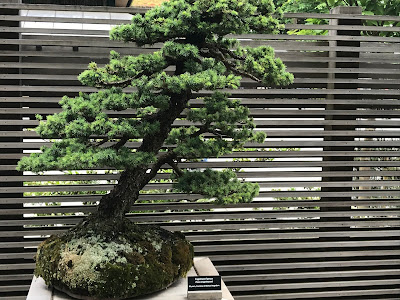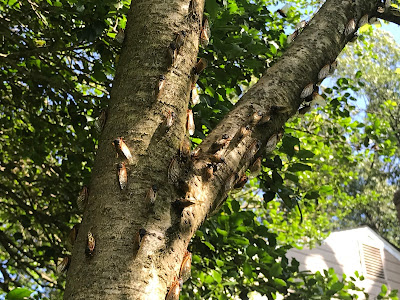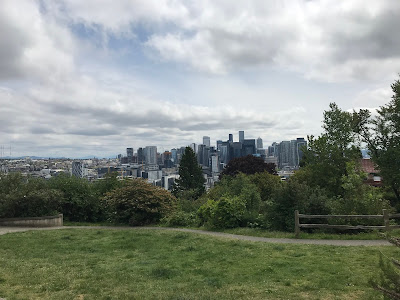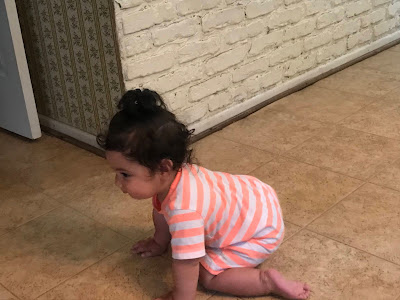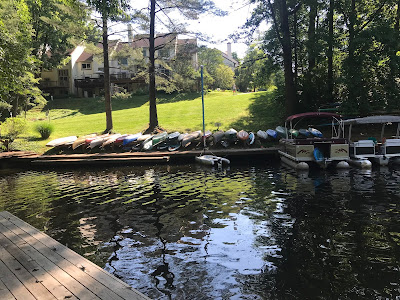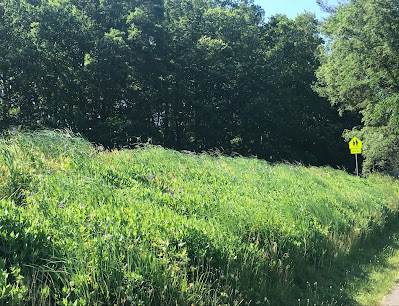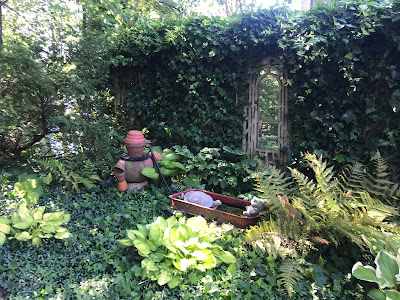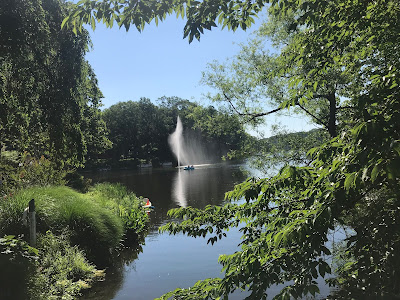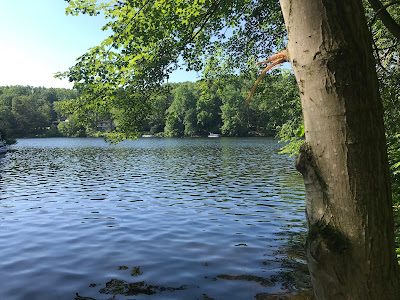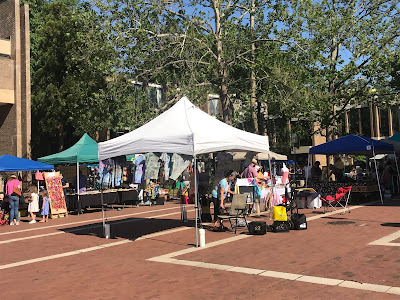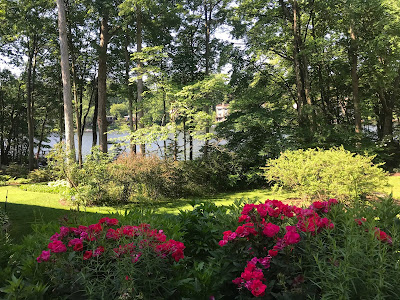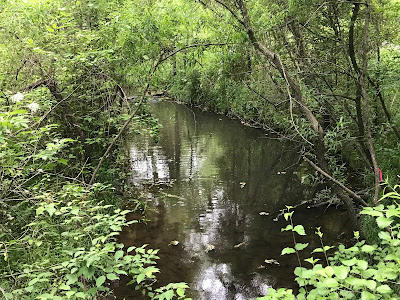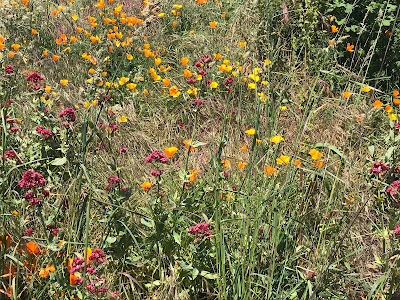Lifespan
Get ready to meet your great-great grandchildren, says David Sinclair in his mind-boggling new book Lifespan. Sinclair, a Harvard geneticist, makes a simple but earth-shattering claim: Aging is a disease, and soon science will be able to cure it. Sinclair is not just talking about extending life, but about prolonging health, as well.
It would be easy to laugh this off if Sinclair was a no-nothing diet and exercise guru, but he’s a serious scientist whose theory on aging is as brilliant as it is well-informed.
Epigenetic changes drive aging, Sinclair says, and they can be reversed by certain supplements and by stressing the body in such a way as to trigger the survival response — intermittent fasting, low-protein diets, intensive exercise and exposure to hot and cold temperatures.
I had long heard that one of the few ways known to prolong life was to consume fewer calories. This book helps me understand why. And though I’m not exactly eating one-third less than I usually do, I am skipping an occasional meal — and would love to get my hands on some of those supplements. The cost, after all, is relatively low — and the payback, enormous.
(A two-foot tall, 90-year-old spruce tree from the Japanese Garden in Portland.)
